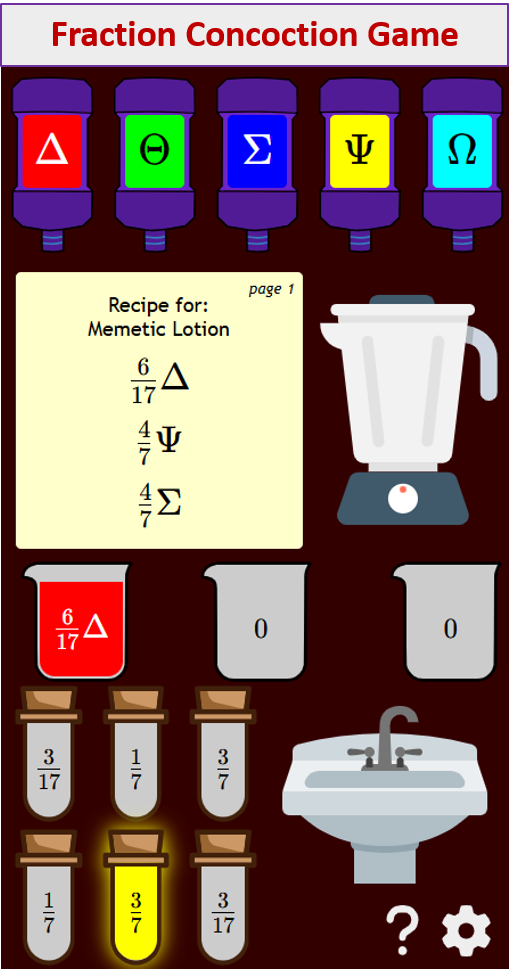Complete the Square to Solve Quadratic Equations
Examples, videos and solutions to help GCSE Maths students learn how to complete the square in order to solve quadratic equations.
How to complete the square when solving quadratic equations:
Completing the square means re-arranging the quadratic equation into “perfect square” form (x + p)2 = q, or (x - p)2 = q. Then, we can solve by square-rooting both sides of the equation.
If your quadratic equation starts with:
-
x2 (for ex: x2 + 6x - 7 = 0), move constant to right, add (6/2)2 to both sides, write left side as perfect square, and square root both sides to solve. Remember the plus and minus solutions when you square root the constant side.
-
2x2 or 3x2 or 4x2 etc. (for ex: 2x2 - 10x - 3 = 0), move constant to right side, divide each term by leading coefficient 2 on left and right side, add (5/2)2 to both sides, write left side as perfect square and square root both sides to solve.
-
-x2 or any negative coefficient (for ex: -x2 - 6x + 7 = 0), move constant to right side, divide by -1 on left and right side. (NOTE: if you had -2x2 in your equation, you would divide every term by -2 on left and right side). Then add (6/2)2 to both sides, write left side as perfect square and square root both sides to solve.
If you don’t have an X term in equation, (for ex: 3x2 - 121 = 0), then you cannot complete the square. Just move the constant to the right, divide both sides by 3, and square root both sides to solve. Remember plus and minus solutions on the right.
Try out our new and fun Fraction Concoction Game.
Add and subtract fractions to make exciting fraction concoctions following a recipe. There are four levels of difficulty: Easy, medium, hard and insane. Practice the basics of fraction addition and subtraction or challenge yourself with the insane level.

We welcome your feedback, comments and questions about this site or page. Please submit your feedback or enquiries via our Feedback page.